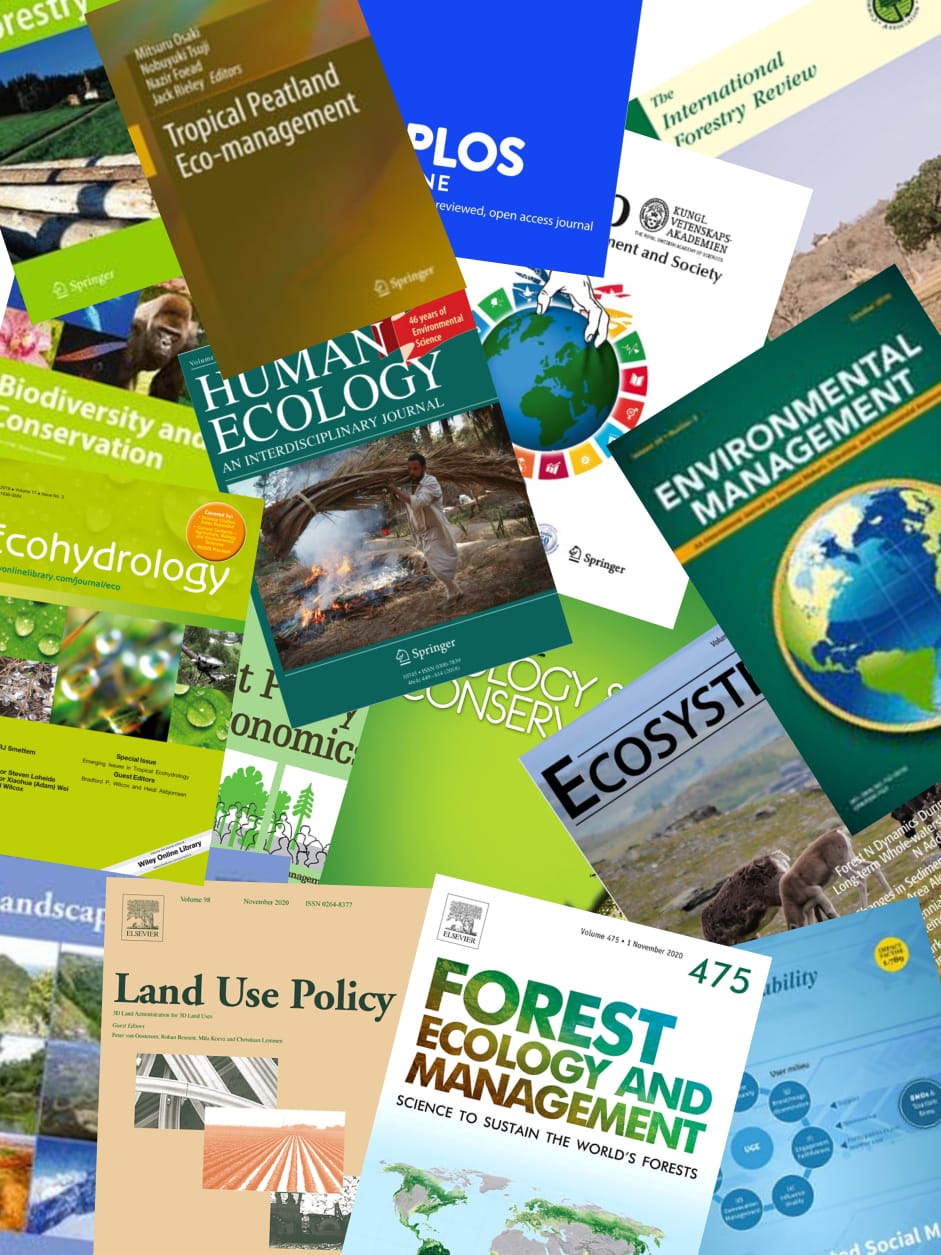In 1998 a wild fire struck a paired catchment research area under long-term monitoring of hydrological and nutrient budgets. Streamwater quality as concentrations of dissolved and suspended particulate matter was monitored during 1.5-2.5 years after the fire in streams from seven different catchments. As the catchments, due to earlier experimental treatments, had different vegetations, varying effects related to different fire intensities were observed. The highest, mean stormflow, suspended sediment concentrations resulted from intensive fire in secondary vegetation that had experienced severe soil disturbance in previous treatments (crawler tractor timber extraction 10 years earlier). Stormflow concentrations were typically still about 400 mg 1-1 in 1999 (10-21 months after the fire), which was about the maximum recorded concentration in streams during initial soil disturbance in 1988. Forest fire in natural forest resulted in less than half as high stormflow concentrations. For dissolved elements in streamwater there was a positive relation between fuel load (and fire intensity) and concentration and longevity of effects. Stream baseflow dissolved nutrient concentrations were high in the months following the fire. Mean baseflow K concentrations were 8-15 mg 1-1 in streams draining catchments with intensive fire in secondary vegetation with large amounts of fuel. After controlled fire for forest plantation establishment in 1988 corresponding concentrations were 3-5 ing 1-1, and after forest fire in natural forest in this study about 2 mg 1-1. This study shows differences in response from controlled fire for land management, forest fire in natural forests and wild fires in manmade vegetations. These differences relate to resistance and resilience to fire for the involved ecosystems. There is reason to believe that wild fires and repeated wild fires during or after droughts, in successions caused by human influence, may lead to larger losses of ecosystem nutrient capital from sites compared with forest fires in natural forests. As fire in the humid tropics becomes more common, in an increasingly spatially fragmented landscape, it will be important to be aware of these differences. © 2004 John Wiley and Sons, Ltd.
View source

